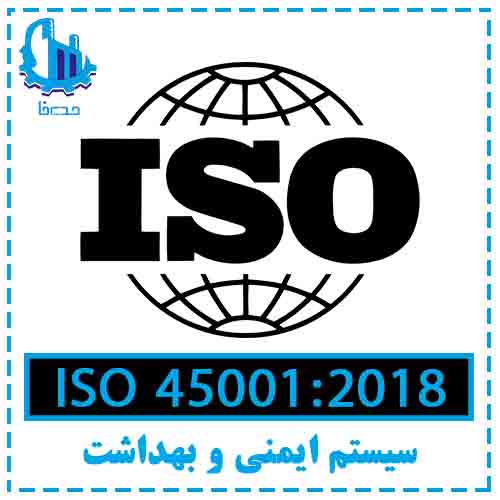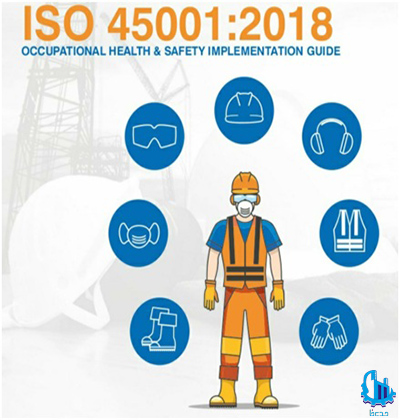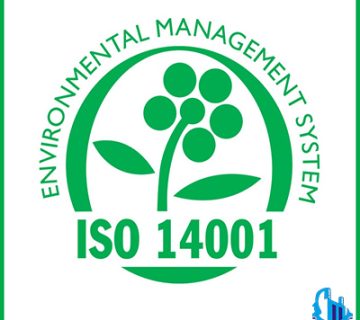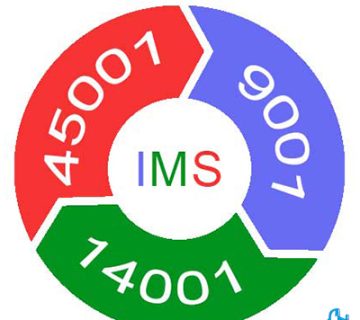
Implementation of ISO 45001 standard
Implementation of the ISO 45001 standard specifies the requirements for the OH&S occupational health and safety management system and provides guidance and requirements for its use. The implementation of these guidelines and requirements without the support of an elite and efficient consulting team is very time-consuming and difficult. These requirements enable organizations to provide safe and healthy workplaces by preventing work-related injuries and health, as well as by preventive improvement. ISO 45001 standard certification is required for any organization that wishes to establish, implement and maintain an OH&S management system to improve occupational health and safety.
Tips before implementing ISO 45001
Get the commitment and support of senior management.
The participation of the whole organization in the matter of implementation
Compare your existing systems with ISO 45001 requirements.
Formation of an executive team
Prepare and share roles, responsibilities and time frames (Gantt chart preparation)
5 steps to create an effective workplace safety program
Step 1: Demonstrate the company’s commitment to workplace safety.
Step 2: Assess workplace hazards.
Step 3: Create a written protocol for employees.
Step 4: Emphasize employee training.
Step 5: Implementation and evaluation
Implementation of ISO 45001
Examining the level of compliance of the organization with the standard: Examining the level of compliance of the organization with the standard and creating a development plan to harmonize the requirements of the ISO 45001 standard with the new organizational structure.
Needs and expectations of stakeholders: Determine internal and external stakeholders and their impact on the organization and identify their needs and expectations.
Risk and opportunity assessment: Create a risk and opportunity assessment process to prioritize how to address OHS issues.
change management : Establishing a change process to ensure that the organization maintains an acceptable level of risk when changes occur in equipment, processes, products, personnel, etc., and ensures the achievement of change objectives.
Participation of contractors: Increase engagement with the organization’s contractors to strengthen OH&S management practices Assess how such engagement can help address the procurement issue in the new standard.
performance evaluation : Review internal policies and practices to ensure that senior management is committed to demonstrating significant support for the OHSMS, and assumes responsibility, accountability and authority to ensure its success. This test should also ensure that the objectives of the OHSMS are incorporated into the organizational strategy and decision-making processes.
Benefits of implementing ISO 45001
The advantage of implementing the ISO 45001 standard can be evaluated in two ways:
1. Competitive advantage through:
Minimize risks of production delays
Providing a safe environment to work
The organization’s commitment to maintain an effective health policy
Other benefits will make your organization more efficient, meet its legal requirements and help improve employee morale by making the workplace a safer environment to work.
Organizational benefits:
Improve your reputation and increase your chances of getting new business
Minimizing the risk of damage due to accidents
Demonstrates commitment to fulfilling legal obligations
Possible cost savings from public liability insurance premiums
Compliance with legal requirements
Providing a robust system to maintain and continuously improve health and safety
Conclusion :
ISO 45001 is applicable to any organization regardless of its size, type and activities. This applies to OH&S risks under the control of the organization, taking into account factors such as the context in which the organization operates and the needs and expectations of workers and other stakeholders.
ISO 45001 does not specify specific criteria for OH&S performance, nor is it prescriptive about the design of an OH&S management system.
ISO 45001 enables an organization to integrate other aspects of health and safety, such as worker health/wellbeing, through its OH&S management system.
Beyond risks to workers and other stakeholders, ISO 45001 does not address issues such as product safety, property damage, or environmental impact.
For the implementation and consulting of the ISO 45001 standard, you can contact the Madirefa consultant team.
02188764867-02188761795






No views